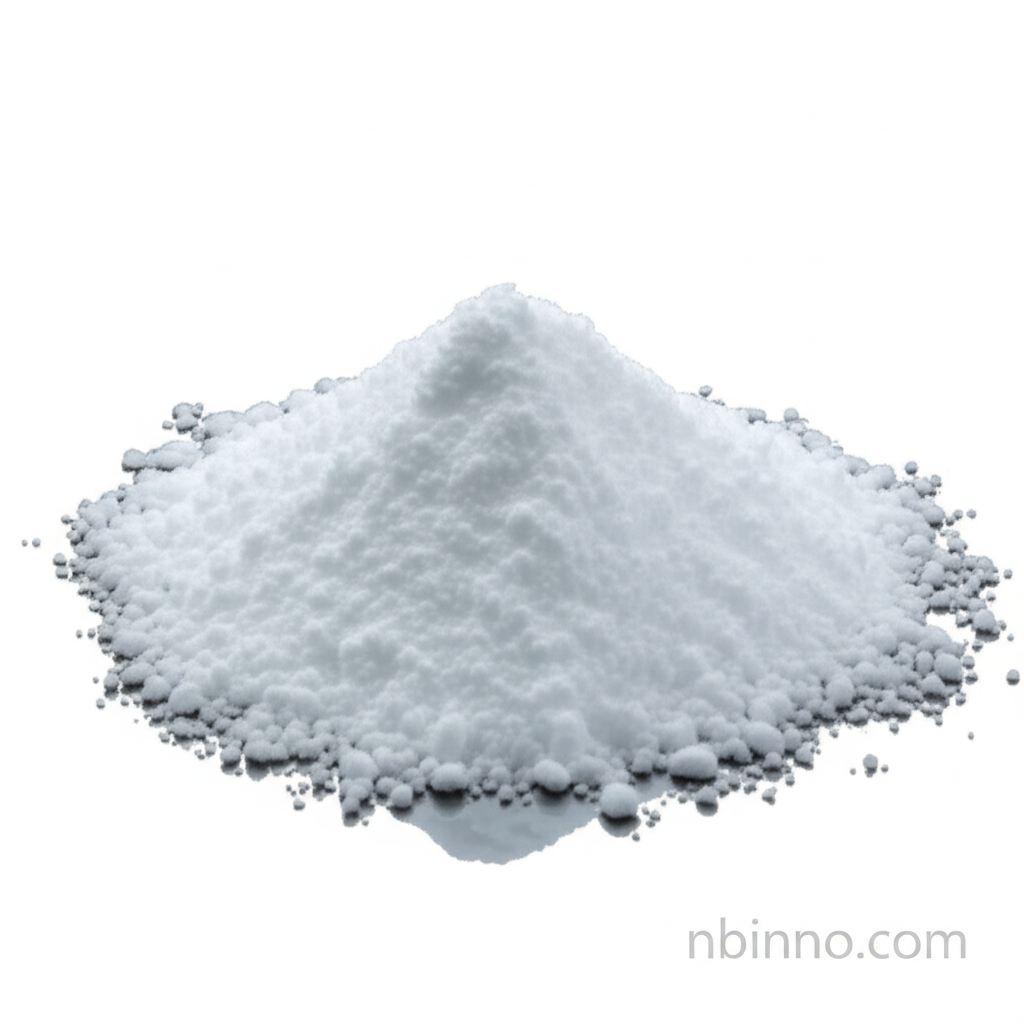Understanding 2,6-Dichloro-4-(trifluoromethyl)phenylhydrazine: Properties, Applications, and Synthesis
Discover the essential properties and industrial significance of this key chemical intermediate.
Get a Quote & SampleProduct Core Value

2,6-Dichloro-4-(trifluoromethyl)phenylhydrazine
This high-purity chemical intermediate plays a vital role in the synthesis of critical agrochemicals. Its precise chemical structure and properties make it indispensable for creating advanced pest control solutions, particularly in the production of Fipronil.
- Leveraging its CAS 86398-94-9 chemical properties, manufacturers can ensure consistent product quality in complex synthesis routes.
- The synthesis of Fipronil heavily relies on this intermediate, highlighting its importance in the agrochemical supply chain.
- With a purity of >=99.0%, this compound minimizes side reactions and maximizes yields in downstream processes.
- Exploring the various applications of trifluoromethyl phenylhydrazine reveals its broad potential in organic synthesis beyond its primary use.
Benefits Offered
Reliable Synthesis Pathway
The well-established synthesis routes for 2,6-dichloro-4-(trifluoromethyl)phenylhydrazine ensure a dependable supply for pesticide manufacturers.
Enhanced Crop Protection
As a key component in Fipronil production, it contributes to effective crop protection strategies, safeguarding agricultural yields.
Chemical Purity and Stability
Its high purity and defined chemical structure, including its CAS 86398-94-9 identifier, are crucial for predictable reactivity and product performance.
Key Applications
Pesticide Manufacturing
Crucial for the synthesis of active ingredients like Fipronil, supporting global agriculture and pest management needs.
Agrochemical Intermediates
Serves as a vital building block in the broader field of agrochemical research and development.
Organic Synthesis
Utilized in various organic reactions, offering a versatile tool for chemists developing new compounds.
Fine Chemical Industry
Its specialized nature positions it as a key component in the fine chemicals sector for niche applications.
